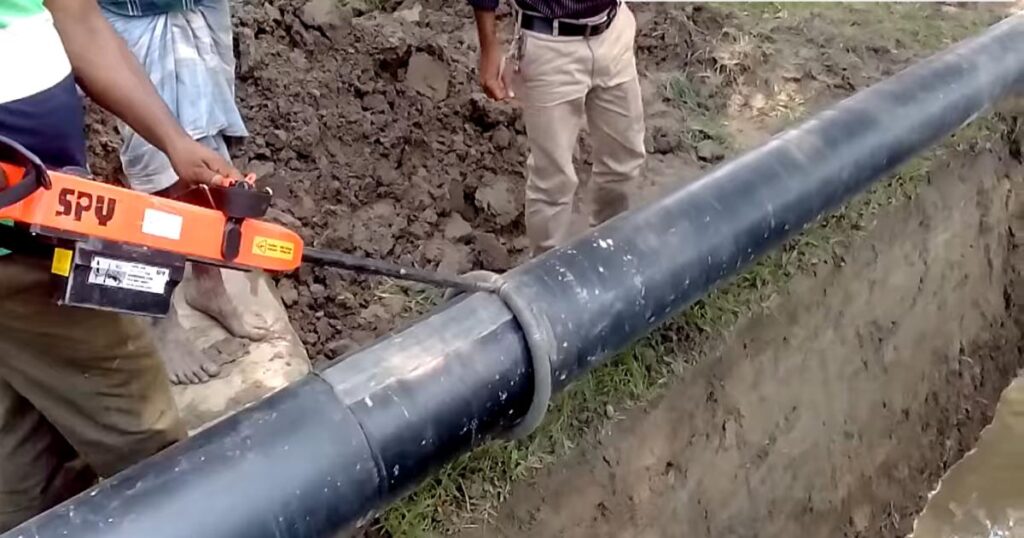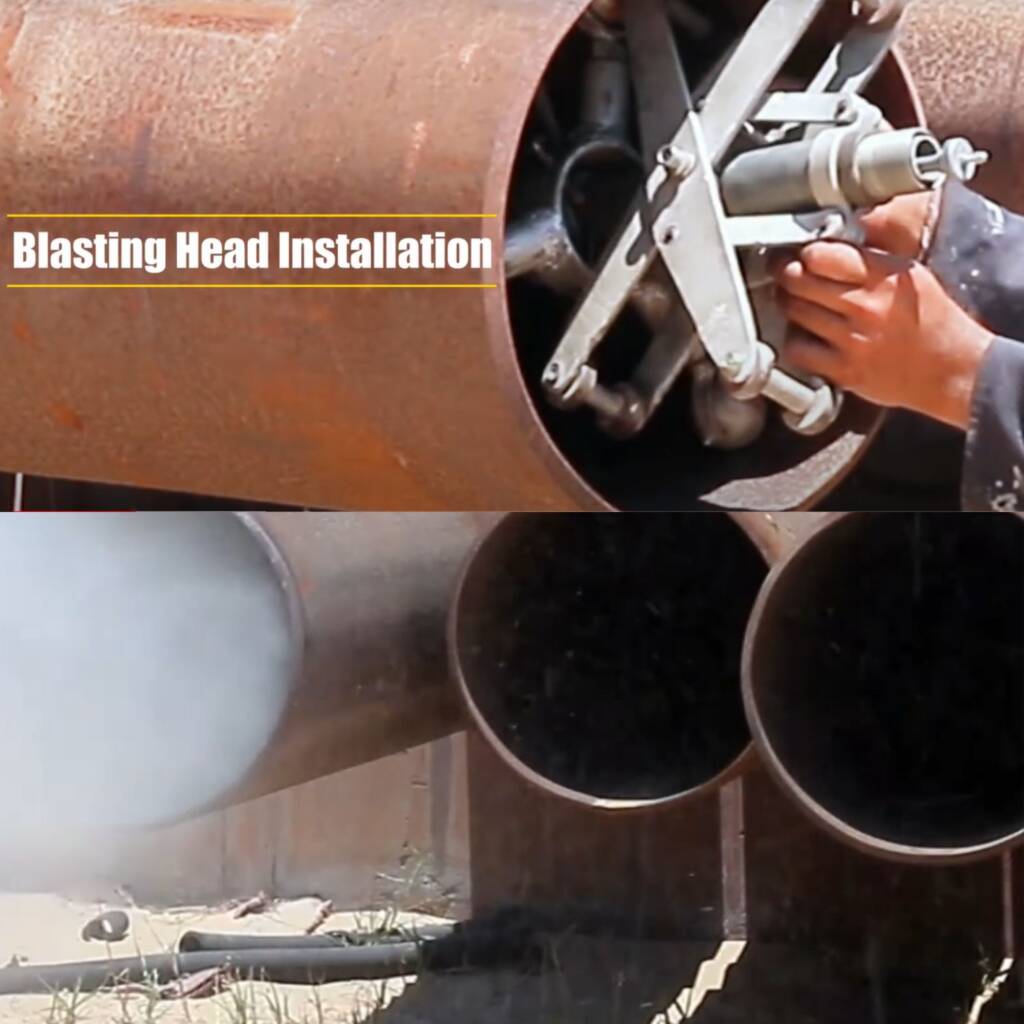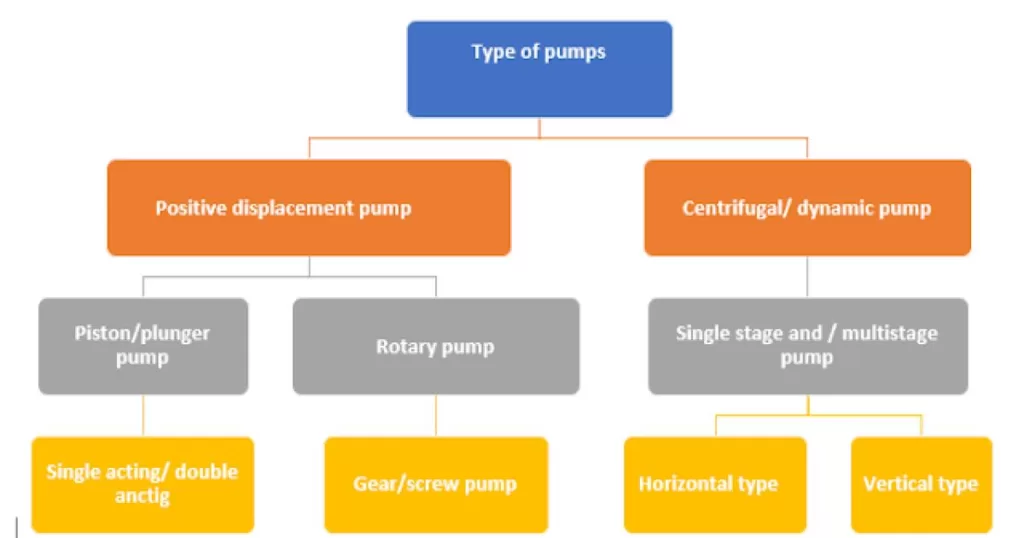Field inspection process
Corrosion monitoring
Corrosion monitoring is an essential aspect of the inspection process, and it involves measuring and analyzing the rate of corrosion in equipment to determine the extent of damage and the need for repair or replacement. Corrosion can lead to significant safety risks and operational problems, and it is important to monitor and manage it effectively.
NDT processes
The NDT processes are critical for the detection and assessment of defects in equipment. These processes use non-invasive techniques to evaluate the condition of equipment without causing damage or disruption to its operation. NDT techniques can be used for detecting a variety of defects, including cracks, corrosion, and other forms of damage.

Inspection management plans are used to plan and coordinate the inspection activities for equipment. These plans include task lists, schedules, and procedures for conducting inspections, and they help to ensure that inspections are conducted efficiently and effectively.
Piping integrity is critical to the safe and reliable operation of industrial facilities. Regular inspection and maintenance of piping systems are essential to identify and address any issues that could lead to leaks, failures, or other safety risks.
Maintenance of static equipment like pressure vessels, columns, and heat exchangers is also essential for safe and reliable operation. Regular inspection and maintenance can help to identify and address issues before they become significant problems, and they can extend the useful life of the equipment.
Risk-Based Inspection (RBI)
Finally, Risk-Based Inspection (RBI) Methodology is an approach used to prioritize inspection activities based on the level of risk associated with equipment. RBI takes into account factors such as the likelihood of failure, the consequences of failure, and the effectiveness of inspection techniques to develop an inspection strategy that focuses on the most critical equipment. This approach can help to optimize inspection resources and improve the overall safety and reliability of industrial facilities.
Inspection processes, with each step and task list
Inspection processes involve a series of steps and tasks that are performed to assess the condition of equipment and identify any defects or potential safety risks. The following is a general outline of the inspection process, including some common steps and task lists:
Planning and Preparation:
- Define the scope of the inspection.
- Identify the equipment to be inspected.
- Determine the inspection method and techniques to be used.
- Develop an inspection plan, including a schedule and task list.
- Identify and prepare any required tools and equipment.
Pre-Inspection Activities:
- Conduct a pre-inspection briefing to review the inspection plan and objectives.
- Confirm that equipment is properly isolated and de-energized (if applicable).
- Verify that all necessary permits and authorizations have been obtained.
- Conduct a visual inspection to identify any obvious defects or hazards.
Inspection Activities:
Conduct a detailed inspection of the equipment using appropriate techniques (e.g. NDT, visual inspection).
Record and document any defects, corrosion, or other issues.
Verify that equipment is in compliance with applicable codes and standards.
Take measurements as required to evaluate the condition of equipment.
Post-Inspection Activities:
- Evaluate the inspection results and determine any required repairs or maintenance.
- Develop a report that summarizes the inspection findings and recommendations.
- Submit the report to the appropriate stakeholders (e.g. maintenance team, plant management).
- Schedule any required repairs or maintenance based on the inspection findings.
Follow-up Activities:
- Verify that repairs and maintenance have been completed as required.
- Conduct a follow-up inspection to ensure that the equipment is in compliance and in good condition.
- Update any relevant documentation and records.
- These steps and task lists can vary depending on the type of equipment being inspected and the specific inspection objectives. However, a well-planned and executed inspection process is critical to maintaining the safety and reliability of industrial equipment.
Frequency of inspection for industrial equipment with task list
The frequency of inspection for industrial equipment varies depending on the type of equipment, its age, condition, and usage. Below are some common types of industrial equipment and their recommended inspection frequencies along with a task list for each:
Pressure Vessels:
- Internal inspection every 5 years, external inspection every year
- Inspection of all pressure parts, including welds, fittings, and connections
- Ultrasonic thickness testing to evaluate wall thickness and detect corrosion
- Check for evidence of leaks, bulges, or deformation
- Review of design drawings, calculations, and any modifications or repairs made to the vessel
- Evaluation of pressure relief devices and their settings
Heat Exchangers:
- Internal inspection every 3-5 years, external inspection every year
- Inspection of all heat transfer surfaces and tubes
- Ultrasonic testing to evaluate tube thickness and detect corrosion or erosion
- Check for evidence of leaks, cracks, or erosion
- Review of design drawings, calculations, and any modifications or repairs made to the exchanger
- Evaluation of flow rates and temperature differentials to ensure proper operation
Storage Tanks:
- Internal inspection every 10 years, external inspection every year
- Inspection of all tank components, including the shell, roof, and foundation
- Ultrasonic testing to evaluate wall thickness and detect corrosion or defects
- Check for evidence of leaks, bulges, or deformation
- Review of design drawings, calculations, and any modifications or repairs made to the tank
- Evaluation of the tank’s ventilation and pressure relief systems
Piping Systems:
- Inspection frequency varies depending on the type of fluid and the location of the pipe
- Inspection of all piping components, including fittings, valves, and supports
- Visual inspection for signs of corrosion, leaks, or damage
- Ultrasonic testing to evaluate pipe thickness and detect corrosion or defects
- Evaluation of the pipe’s insulation and protective coatings
- Review of design drawings, calculations, and any modifications or repairs made to the piping system
It is important to note that these are general guidelines, and the inspection frequency for each piece of equipment should be based on a risk-based inspection approach that takes into account the specific equipment, operating conditions, and the consequences of failure. Additionally, regulatory requirements may dictate specific inspection intervals for certain types of equipment.





